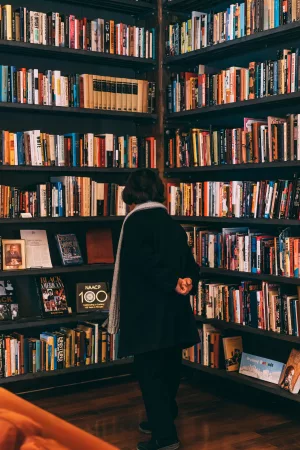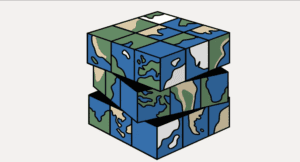“Art is a reflection of human creativity, imagination, and emotion. For centuries, it has been a medium for expression and a means of exploring the human condition. But with the advent of artificial intelligence, the creation of art is no longer limited to human hands. AI-generated art is a new form of creativity that has the potential to change the way we think about art and its value. However, it also raises important ethical questions. Who should be credited as the creator of AI-generated art? How should it be valued in the market? And what are the consequences of using AI to create fake art?”
The paragraph above was generated by AI, with the given topic: “The ethics of AI-generated art and creativity”. Will artificial intelligence not be able to create entire articles or even books in the future by specifying only keywords? I think it will. Today, AI can regenerate small texts and create paintings that look pretty good. The most important factor in my curiosity about the usage of this innovation by humans is laziness. Neural networks will be able to automate many processes, and in this way, artificial intelligence not only indulges laziness but can also maximize profits if you know how to use it. The two temptations are laziness and greed, and in pursuit of them, humanity may be able to create a supercomputer that will eventually destroy it. Something like the movie “I, Robot.” Will neural networks now or in the future deprive people of their jobs and send them to the labor exchange, or is it possible that everything is not so clear and there are nuances?
Around mid-December, news broke of a major strike at one of the largest image marketplaces – Artstation. The artists demanded that AI works must be labeled because it discredits their works, because the neural network takes away their income.In general, their dissatisfaction is understandable. For example, here are some paintings that were generated by artificial intelligence in a couple of minutes.

The difference is that a professional artist will have to paint the same pictures for 10 hours, and he or she has spent decades of practice on it.
There are a lot of such services that can generate such images in a short period of time, and they didn’t appear “yesterday.” Usually, their works were simply shameful or “deeply conceptual.” They couldn’t offer anything serious to professional artists. The problem is that these services have learned how to do this and continue to learn and will continue to learn in the future. For example, by uploading any photo of yourself or your friend to a neural network (which transforms images into fantastic characters), you and millions of others progress this network and give it “new knowledge.”
They attracted attention not only because of the quality of the images but also because of the speed. You can enter keywords into such a service, for example, “transformer eating a banana” and artificial intelligence will draw it in a few minutes as if it were done by a professional artist on request who would have done this work for several days. You would have to write them a technical task, explain how you want it, maybe argue with them somewhere, and maybe they would miss the deadline. But we received the image “Transformer eating a banana” in a few minutes from AI, it has no copyright, it is absolutely unique, and, most importantly, it is free. Usually, such a service creates something really new for you, something you didn’t expect to see, and it may not be very accurate for your use, which is both a plus and a minus. The neural network does not understand what is beautiful and what is right, so it may have problems with proportions, eyes, and hands, and you will have to bring this picture to perfection. These artificial intelligences actually produce a semi-finished product that looks great. But if someone needs a specific and clear result, i.e. a clear background, a certain color palette, gamut, certain shapes, shadows, objects on the side or near, certain tattoos, wrinkles, iIt will be extremely difficult or even impossible for a neural network to do this. This is because it generates visuals based on the database, not by inventing something new. In fact, if you look at it, today’s neural network robots are just very well-reworked old robots.
Nevertheless, as cool as artificial intelligence is, it has a number of drawbacks. The first is ethics. A system that is designed to maximize profits and achieve efficiency between employees can make decisions that will directly harm people. And it will make such decisions, no matter how ironic it may sound, to achieve this goal.
The second is bias. A neural network can only be as good as its database. If any information is subjective and incorrect, then the work performed by artificial intelligence will be incorrect. Assume a neural network that has been trained to detect objects in photos. If the database used to train the model is biased toward specific skin tones or ethnicities, the model may fail to distinguish objects in photographs of people of diverse skin tones or ethnicities. This might have major repercussions, such as inaccurate classifications in medical diagnoses or identifications by law enforcement.
To summarize, while AI and neural networks have the ability to automate and simplify numerous sectors, their impact on the workforce must be considered. While certain occupations may become obsolete, it is equally necessary to establish new opportunities in AI-related domains such as maintenance and development to guarantee that everyone benefits from technological breakthroughs. Furthermore, it is critical for governments and businesses to take proactive steps to reskill and upskill the workforce in order to adapt to the changing work landscape. This will guarantee that the advantages of AI are evenly distributed and that the workforce is ready for the future of their professions.
Featured photo: IBM






